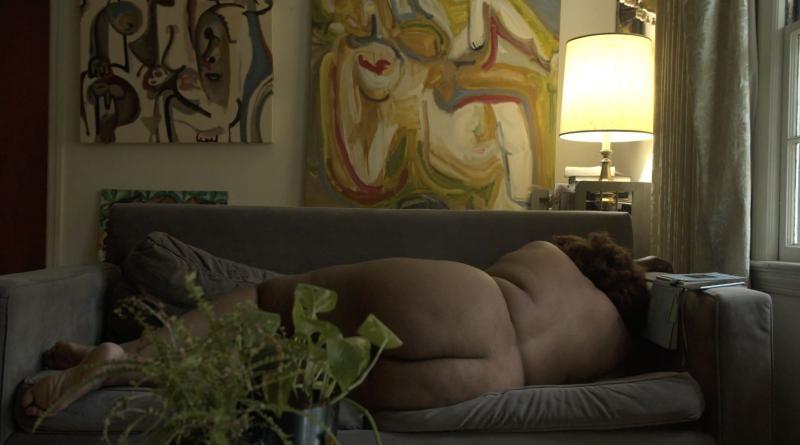Curator's Note

In a forthcoming article in Alphaville: Journal of Film and Screen Media, I discuss the short films of the Atlanta-based filmmaker, Olamma Oparah. In particular, I focus on her experimental two-minute short, The Importance of a House, which won first place in the inaugural filmmaking competition of ATLFILMPARTY, founded by Brooke Sonenreich, community relations manager for the Atlanta Jewish Film Festival. As I argue, the domestic and feminist themes of The Importance of a House, and its commitments to the local —shot both in Oparah’s home and within a nature preserve in southwest Atlanta— resonate with the work of Baltimore-based filmmaker, Elissa Blount Moorhead, whose work liquid blackness studied for the research project, “Facing the Band: Elissa Blount Moorhead and the (Ana)Architectures of Community Ties.” Although Moorhead is not a filmmaker whom Oparah mentioned in our conversations for the essay, direct exposure to an artist’s authored works is not necessary to prove influential in the hyper-contemporary climate of black filmmaking today. As liquid blackness graduate research staffer Ashley Hendricks asks and answers in the voiceover to a recent promo reel for liquid blackness’ 10th-anniversary symposium, “How do you make it legit? It’s already legit.” Or as put otherwise in the reel’s video, Renee Carodine’s Jazz meets Kahlil (2021): who influences who? That is, in the digital video-sharing online ecologies of YouTube and social networking, where artists today build followings, the mapping of influences is rhizomatic not hierarchical. Recognizable artists are as likely to be influenced by their audience’s content as the inverse: the relationship is symbiotic not didactic. As Kristin Juarez argues in another recent IG reel for liquid blackness, studying the arts of the present is not without challenges and thus demands nimble research strategies. The works that liquid blackness studies are made by living artists, and thus, valuing the rigor of the artist and the theoretical intentions of the artist as put into the work necessarily must be central to the research process. As my approach in this essay reflects, the scholarship that flows from contemporary art objects is in large part inherently an archival process, documenting individual threads of a filmmaking community in formation, constantly reforming as the networks of interaction among collaborators shift.
Add new comment